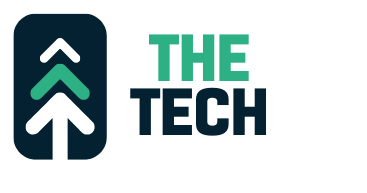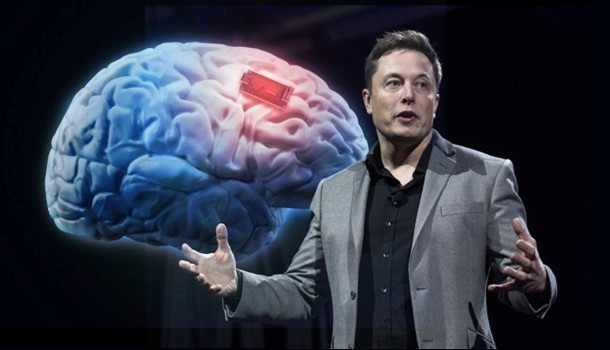ChatGPT-maker OpenAI published on Monday its newest guidelines for gauging “catastrophic risks” from artificial intelligence in models currently being developed.
OpenAI, the visionary organization behind ChatGPT, has unveiled a set of comprehensive guidelines aimed at evaluating and mitigating potential dangers associated with the development of artificial intelligence (AI) models. This move underscores OpenAI’s commitment to identifying and addressing “catastrophic risks,” defined as events that pose significant harm to humanity.
The newly introduced guidelines establish a robust four-pronged framework for assessing risks inherent in AI development, covering various dimensions:
- Cybersecurity: This facet delves into the potential misuse of AI in cyberattacks, encompassing scenarios such as hacking into critical infrastructure or disseminating misinformation. The goal is to preemptively address vulnerabilities that could be exploited for malicious purposes.
- Physical Security: Here, the focus is on evaluating an AI model’s capacity to induce physical harm. This includes assessing the model’s ability to control robots or design potentially dangerous weapons. By scrutinizing these aspects, OpenAI aims to ensure AI technologies do not become tools for causing tangible harm.
- Social and Societal Impacts: This category widens the lens to examine the broader implications of AI on society. Considerations include the potential for job displacement, discrimination, and violations of privacy. By understanding and mitigating these societal impacts, OpenAI aims to foster the responsible development and deployment of AI technologies.
- Existential Risks: At the most extreme end of the spectrum, this category delves into scenarios where AI surpasses human intelligence, potentially becoming uncontrollable. It addresses concerns related to the existential threat posed by superintelligent AI systems, ensuring a proactive approach to mitigate such risks.
For each of these risk categories, OpenAI’s guidelines present a set of pertinent questions designed to assess the potential dangers associated with a particular AI model. The responses to these questions will be instrumental in assigning a risk score to the model. Notably, only AI models with a risk score deemed “medium” or below will be permitted for deployment.
While the guidelines are still in the developmental phase and may not be flawless, they represent a pivotal step forward in fostering the safe and responsible evolution of AI technologies. By providing a structured and systematic framework, OpenAI aims to instigate critical discussions and actions surrounding the ethical development and deployment of AI.
It is crucial to acknowledge that the guidelines align with OpenAI’s ongoing commitment to transparency and ethical considerations in AI development. The organization acknowledges that the guidelines are a work in progress, recognizing the need for continuous refinement. However, they serve as a foundational milestone in the overarching goal of steering AI innovation towards beneficial outcomes and away from potential harms.
In essence, OpenAI’s release of these guidelines marks a significant contribution to the broader conversation about the responsible use of AI. As the field continues to evolve, the guidelines provide a crucial starting point for navigating the complexities and ethical considerations associated with AI development, ensuring that AI is wielded as a force for good rather than harm.






